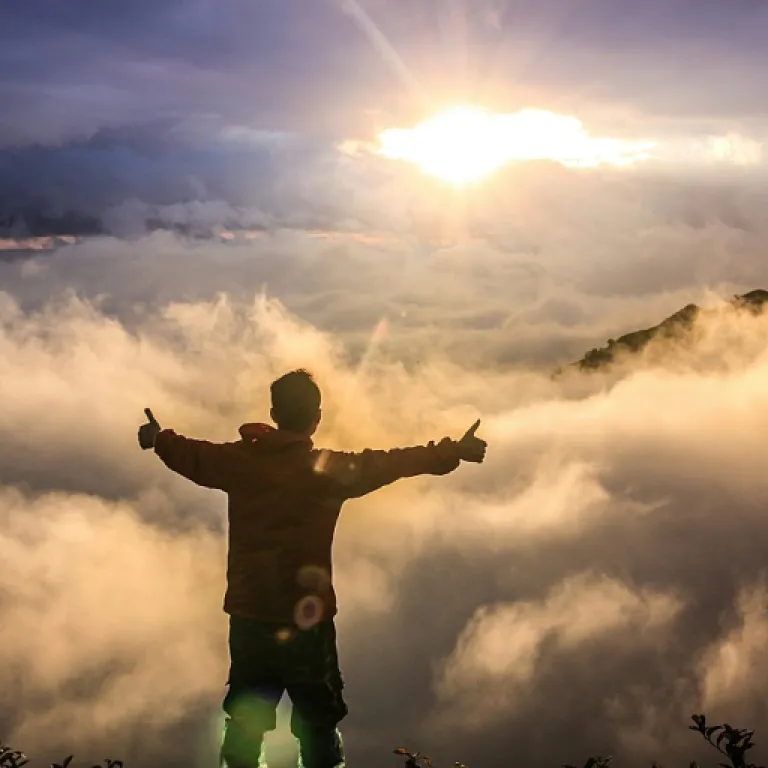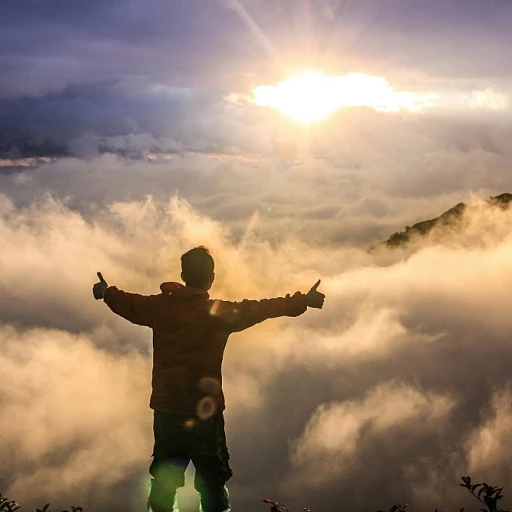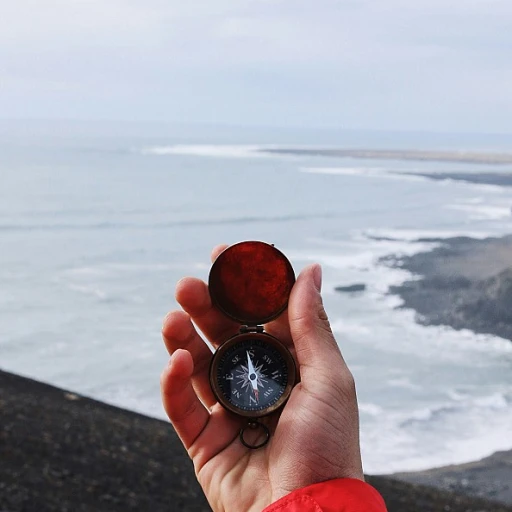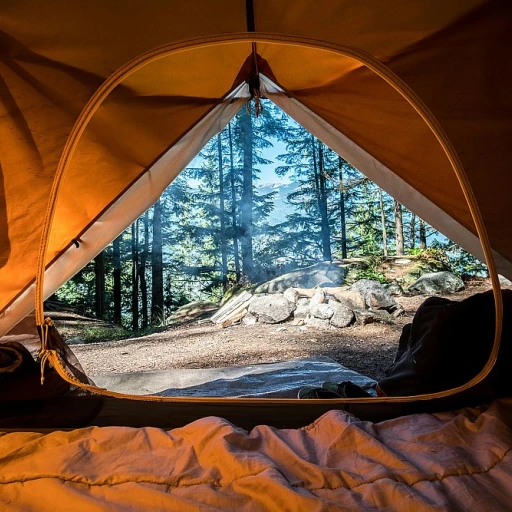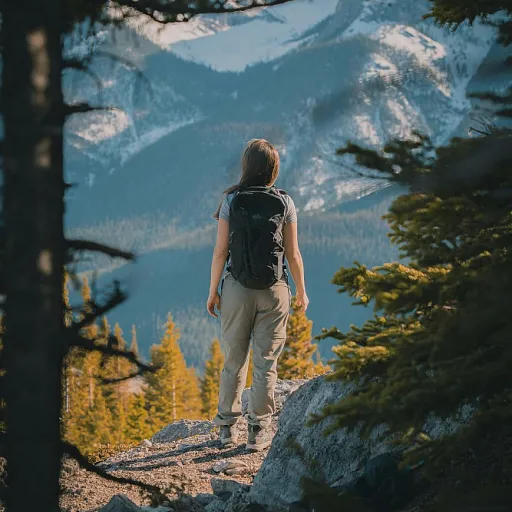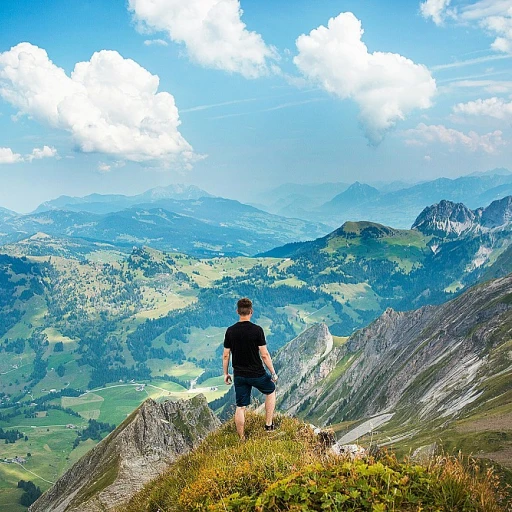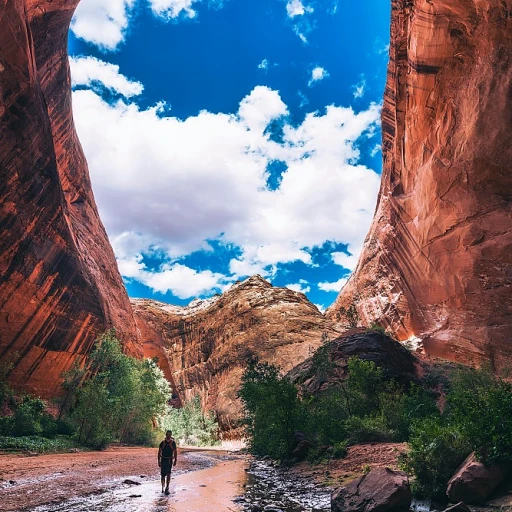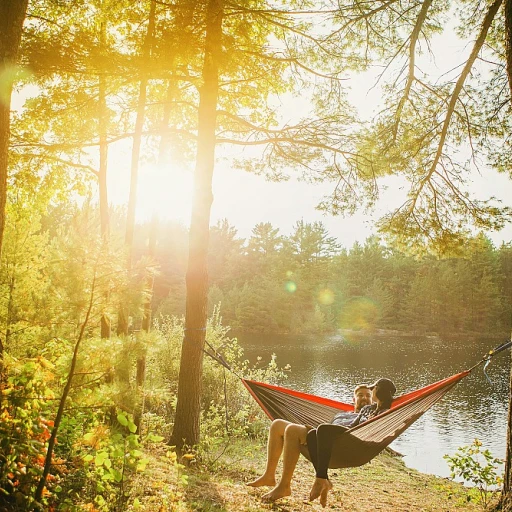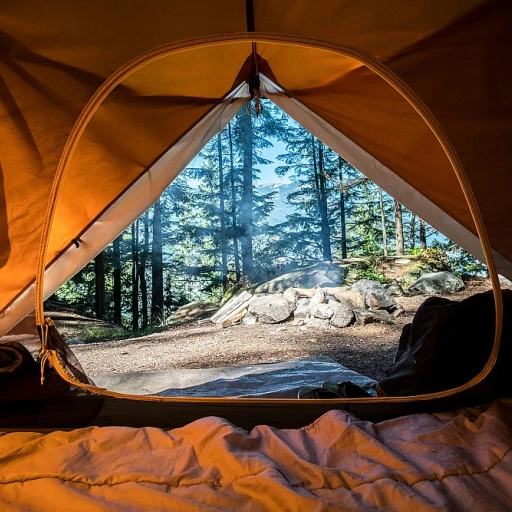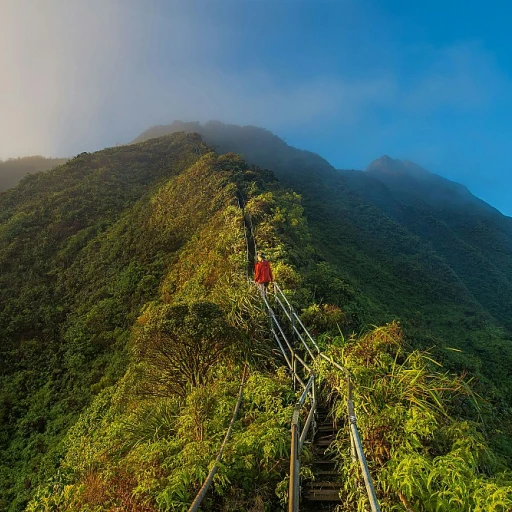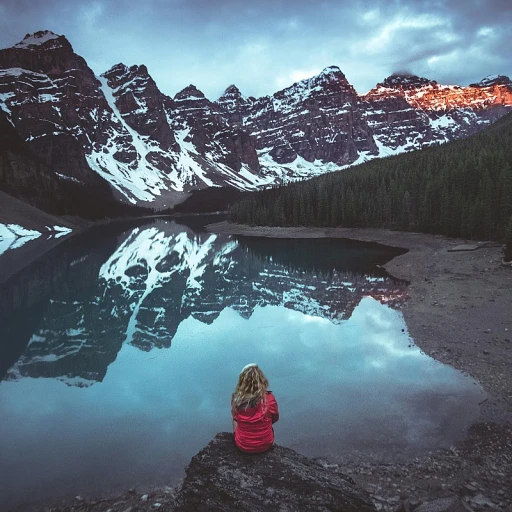
Understanding the Terrain of Maui
Maui, known for its breathtaking landscapes, offers a diverse and challenging array of trails suitable for hikers of all levels. Our journey begins by diving into the distinct terrain and environmental conditions that define this beautiful island.Geological Marvels and Varied Landscapes
Maui's hiking trails are as diverse as they are picturesque, ranging from the volcanic craters of Haleakala National Park to the lush, verdant rainforests of the West Maui Mountains. The island's elevation gain presents an exciting challenge to those scaling its heights while providing panoramic views that reward every step. For example, the Waihee Ridge Trail offers a scenic trek through a lush forest reserve, ultimately delivering mesmerizing vistas.Climate and Weather Considerations
Hiking in Maui requires an understanding of the island’s microclimates, which can vary significantly across short distances. The western part of the island, including trails like the Waihee Ridge and Kaheawa Wind Farm Access Road, generally offers drier conditions, while the eastern region, home to the famous Hana Highway, can surprise hikers with sudden rain showers. As hikers traverse the Hana side, a visit to the bamboo forest along the Pipiwai Trail is a must, although preparation for muddy trails and high humidity is necessary.Flora and Fauna Around the Trails
Maui's trails are alive with unique ecosystems. The bamboo forest standing sentinel on the Pipiwai Trail is hailed for its serene beauty, while the fauna ranges from native birds to the occasional nene sighting. In Haleakala National Park, hikers can explore a rare alpine desert environment, showcasing a different side of this island paradise.Parking and Accessibility
Many of Maui's top hikes, such as the scenic Twin Falls and Waimoku Falls in Haleakala, offer accessible parking lots, though they can fill quickly, especially on weekends and holidays. Planning an early start or visiting during less busy times can enhance your hiking experience. Establishing a starting point from the summit parking lot enables a strategic trip to the summit of Pu'u 'Ula'ula on a clear day for those seeking Haleakala's breathtaking crater views. Understanding Maui's terrain and ecosystems is essential for a memorable hiking experience. Whether exploring coastal trails or ascending ridge pathways, the island promises not only great hikes but also unforgettable encounters with nature.Top Hiking Trails for Different Skill Levels
Finding the Perfect Trails Suited for Your Skill Level
Maui is a paradise for hiking enthusiasts, offering a variety of trails that cater to different skill levels from novice to expert. Its diverse landscapes are a treat for anyone looking to explore everything from serene coastal trails to challenging volcanic hikes.
For those new to the hiking scene, beginning with gentle trails can help build confidence. The Coastal Trail, situated near a beautiful sand beach, offers stunning ocean views with minimal elevation gain, making it ideal for a relaxed, scenic walk.
If you're seeking a moderate challenge, the Pipiwai Trail within Haleakala National Park is a must-do. This trail takes hikers through a lush bamboo forest and culminates at the breathtaking Waimoku Falls. It's a great hike with magical scenery that rewards you with a refreshing dip in a chilly pool.
Experienced hikers won't want to miss the Waihee Ridge Trail. This challenging route rewards the adventurous with sweeping views across the island after a significant elevation gain. Be prepared for muddy conditions, especially after rainfall.
The Hana area is also renowned for its hiking opportunities. The Road to Hana offers several stop-off points, such as the Twin Falls and Black Sand Beach in state parks that combine sights with light hiking.
For those up for a full-day commitment, Hikes in West Maui offer varied terrains, including forest reserves and ridges that leave hikers in awe. Keep an eye out for the Haleakala Crater trail, a more advanced option with otherworldly landscapes.
To ensure a smooth experience, it's advisable to arrive early as popular trails fill quickly and parking lots can become crowded. Each hike's description typically provides a round trip duration, allowing you to plan your day effectively.
Engaging with these trails enriches one's experience on the island. Remember that each hike offers a unique adventure, making Maui a top choice for passionate hikers seeking both challenge and beauty.
Essential Gear for Hiking in Maui
Gear Up for a Memorable Maui Adventure
Embarking on a hiking adventure in Maui requires more than just enthusiasm and curiosity. The island’s diverse terrains, from the lush Hana and bamboo forest paths to the rocky cliffs of Haleakalā National Park, demand proper gear. Preparing with the right essentials not only enhances your experience but also ensures safety and comfort on these unforgettable Maui hikes.
Footwear is crucial for traversing the island’s varying landscapes. Consider investing in durable hiking boots equipped to handle both moist rainforest trails and rugged volcanic rock paths. Waterproof features are highly recommended due to the chance of abrupt rain showers, especially along coastal trails like the celebrated Pīpīwai Trail or the scenic Waihe’e Ridge.
Due to the frequent elevation gains and long round trips associated with some of Maui's top hikes, it's vital to arm yourself with supportive gear. A well-fitted backpack can distribute weight evenly, allowing you to carry essentials without sacrificing comfort. Look for models with chest and hip straps to alleviate shoulder strain.
Hydration is key when hiking any of the island's vast terrains. Maui hikes, from the lush environments of the West Maui Forest Reserve to the arid spectrums of Haleakalā, can be dehydrating. Carry plenty of water, and consider a hydration pack for easy access without having to pause your adventure.
Encountering varying climatic conditions requires layering your clothing. Mornings might start with a chill on high ridges, but warmth will quickly follow the Hawaiian sun's rise. Lightweight, breathable fabrics are best, keeping you comfortable and protected throughout the day.
While navigating areas like the winding Rōad to Hāna or trails in the state parks known for their breathtaking vistas, make sure to pack sun protection — sunscreen, a hat, and UV-filtering sunglasses are indispensable.
Parking during peak seasons tends to be challenging, so it's wise to plan early starts. Utilize centralized parking lots near popular sites, but always confirm parking availability before heading out, particularly for trails like Twin Falls or the striking Black Sand Beach.
Equipped with the right gear, you're set to experience the best of what Maui hiking has to offer — from the evocative coastal trails to the breathtaking beauty of Waimoku Falls. Be ready for a mesmerizing encounter with nature that will not soon be forgotten.
Safety Tips for Hiking in Maui
Stay Safe on the Trails
Exploring the magnificent trails of Maui, whether you're journeying through the bamboo forest on the Pipiwai Trail or taking in the breathtaking views from the Waihe'e Ridge, safety should always be a priority. With diverse terrains ranging from coastal trails to Haleakala's volcanic landscapes, preparedness can make all the difference in ensuring a memorable and secure adventure.
First, familiarize yourself with the specific conditions of each trail. The weather can vary greatly depending on your location on the island. For instance, trails near Hana or within the Haleakala National Park may experience sudden rainfall, making paths slippery and challenging. Keep an eye on the forecast, especially during the hurricane season, and plan your day hikes accordingly to avoid getting caught in inclement weather.
Equipping yourself with the right gear is essential. Trails like the Waihe'e Ridge and those in the West Maui Mountains often include uneven surfaces and significant elevation gains, demanding robust hiking boots for stability. Carry a map of the area — even in popular spots, cell signal can be sporadic, especially along the Road to Hana and within state parks.
- Stay on Designated Paths: Following marked trails is crucial to preserving both your safety and the island's natural habitats.
- Start Early: Beginning your hikes early in the day not only helps in beating the heat but also avoids the busy parking lots, especially at top hiking destinations like the Twin Falls or the Seven Sacred Pools.
- Pack Essentials: Water, high-energy snacks, and a basic first-aid kit should always be in your pack. Consider bringing trekking poles for trails with steep gradients, like those found at the state parks or coastal overlooks.
- Respect Park Regulations: Pay attention to park alerts and heed any advice or restrictions. Some trails might have temporary closures due to maintenance or environmental protection efforts.
While the trails of Maui offer great rewards in terms of scenery and experience, it's up to each hiker to respect these beautiful environments. Practice principles of safety and awareness to ensure that the trails remain accessible and enjoyable for everyone who ventures into the enchanting landscape of this island paradise.
Environmental Considerations and Leave No Trace Principles
Preserving Maui's Natural Beauty: Leave No Trace Principles
As hikers and outdoor enthusiasts, it's our responsibility to safeguard the stunning landscapes Maui has to offer. When exploring the trails, such as the Pipiwai Trail or the Waihee Ridge, keeping environmental preservation in mind ensures that these beautiful experiences remain available for future generations. Here are some guidelines to help you minimize your impact:
- Stay on designated trails: Whether you're traversing through Haleakala National Park or exploring the coastal trails of West Maui, stick to marked paths. This helps protect the fragile ecosystems and prevents soil erosion.
- Respect wildlife: From the bamboo forests along the Hana Road to the coastal views at Black Sand Beach, these habitats are home to diverse flora and fauna. Observe animals from a distance without disturbing them.
- Waste management: Carry out everything you bring in. Dispose of waste properly, and use biodegradable products when possible. Always be prepared with trash bags to leave the trail as pristine as you found it.
- Minimize campfire impact: In many areas, fires can cause damage and pose a safety risk. If campfires aren't necessary, avoid them. Consider using portable stoves for cooking.
- Be considerate of others: Trails like the popular Twin Falls and the breathtaking Waimoku Falls can get crowded. Yield to other hikers and maintain a polite distance to ensure everyone enjoys their Maui hikes.
- Stay informed: Before embarking on your day of adventure, check current conditions at state parks, like parking regulations at trailheads or possible trail closures due to weather or maintenance.
By adhering to these principles on every hike, whether you're on a short ridge trail or a demanding round trip with a significant elevation gain, you contribute to the preservation of Maui's natural splendor.

